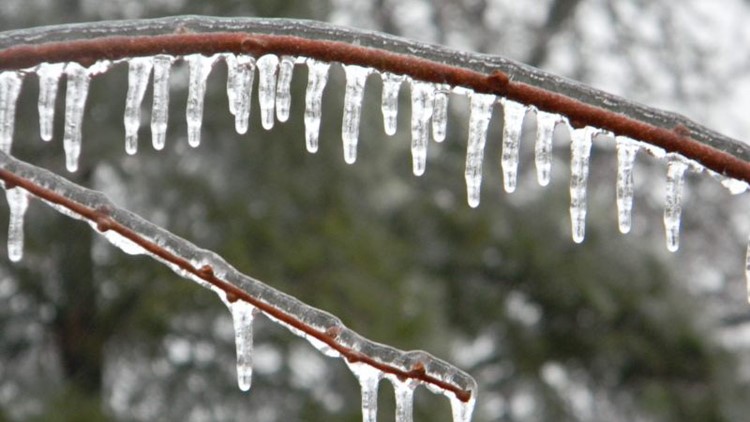SEATTLE — Western Washington is no stranger to precipitation, but do you know the difference between snow, sleet, and freezing rain?
Here’s a crash course from the National Weather Service.
Snow
Snowflakes stay at or below freezing temperatures, which is 32 degrees Fahrenheit, until they hit the ground. They never melt so snowflakes never change their form.
Sleet
Sleet starts below freezing temperatures but passes through warmer air, melting the snowflakes. Before sleet hits the ground, the water droplets pass through colder air that’s at or below 32 degrees, causing them to freeze into ice before coming into contact with surfaces.
Sleet or ice pellets look like small, translucent balls of ice that are smaller than hail, according to the National Oceanic and Atmospheric Administration. They often bounce when they hit the ground.
Freezing rain
Similar to sleet, freezing rain passes through warmer air higher in the atmosphere, causing the droplets to melt. However, the droplets in freezing rain don’t freeze again until they come into contact with the ground or surfaces.
Freezing rain produces a thin layer of ice on trees, cars, and roadways, which can create hazardous driving conditions.
Rain
We’re all well versed in this stuff, but a scientific definition of rain is that it passes through warm air above 32 degrees and never freezes again.


